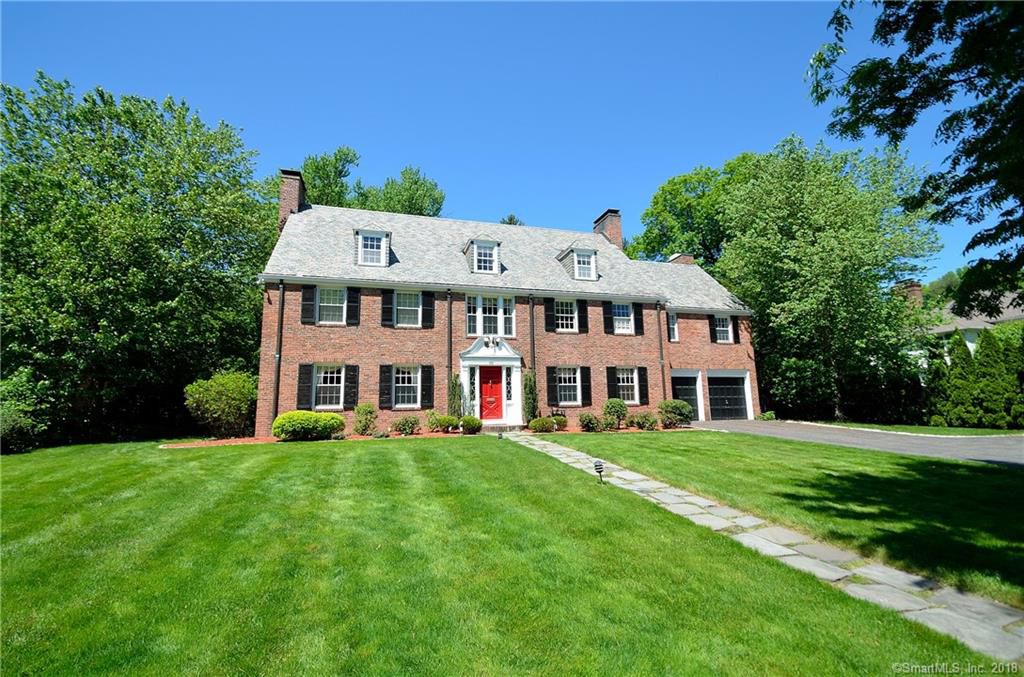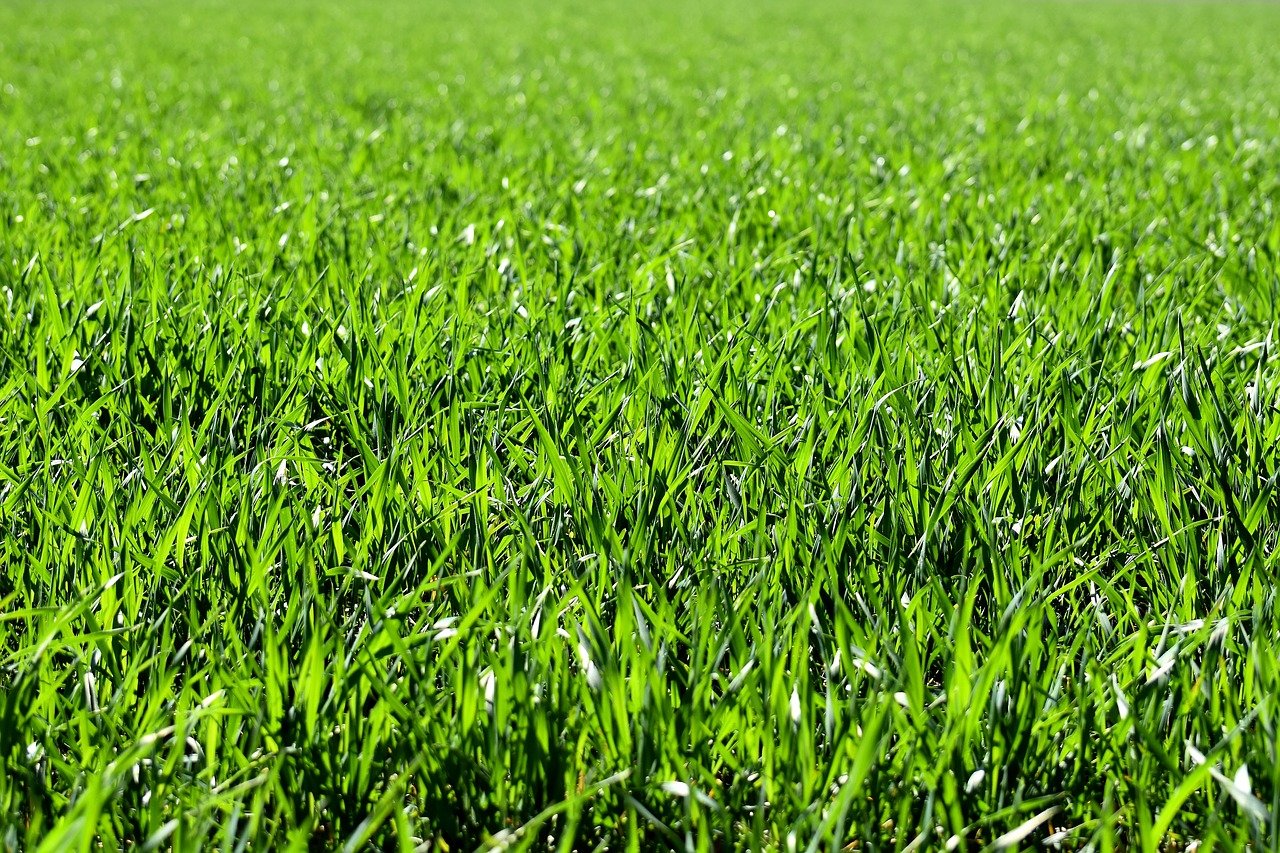
Summer heat can affect the appearance and condition of your lawn in Hartford, CT. Because it’s zoned for Zone 7, the planting season for grass is in the early spring and in the fall when the temperatures are much cooler. This is where the name “cool season” grass types come from. Cool season grass types which commonly grow in Zone 7 include Fescue, Rye or Bluegrass which will all go dormant when it gets to above 80 degrees.
When a grass goes dormant, it’s your lawns defense against the blistering conditions of the summer heat. When it’s hot, the grasses slow growth down as it tries to protect itself from disease, insects, and weeds. Here are some great tips on how to keep your lawn maintained even in the summer heat.
1. Don’t mow too short
Most experts agree that cutting your grass to a three-inch height is the best for your grass. If you cut it too short, then your lawn becomes stressed, if it’s cut to the 3-inch height, then it encourages the roots to grow deeper. Also, the yard will need to be watered less and use less fertilizer. When the grass is cut to 3-inches in height, then it can access water and nutrients deeper into the soil. Plus, if you do mow the lawn too short, it will encourage weeds to take up residence.
2. Clippings
The first thing many homeowners do after mowing is to rake up the clippings. Actually, if you let the clippings lay in the grass, it will help to return the much-needed nutrients to the soil. You can reduce your nitrogen applications up to 50% just by leaving the clippings lay where they are at.
3. Overwatering
Overwatering can be a problem with lawns for homeowners. When you overwater, it can discourage your lawn from developing a root system that is deep enough. It can also cause fungal diseases. Usually, if you’re watering and inch or inch and a half once a week is sufficient to keep your lawn happy. If you want to measure rainfall to see if it needs to be supplemented with you watering, place some empty tuna cans around the lawn to see how much rain has fallen. Then water accordingly to what your yard will need. It’s better to have a yard which is slightly drier than it being too wet.
4. When to water
The other problem is when to water, and it does matter. Many lawn diseases are from fungus because of homeowners water late in the day. This means not only does the lawn stay wet overnight, but the dew in the morning adds even more moisture. If you have a sprinkler system, it’s recommended that it be turned on at 4 a.m. or 5 a.m. This is because most of the moisture will sink into the ground and the early morning sun will fry out the grass. Evaporation is then minimized as well as reducing the chances of a fungal invasion.
5. What to do when the lawn is wet
Many homeowners are concerned about mowing their grass when it’s wet. It’s better to cut it wet and gather up the clippings, then let it get too high. But, if you have a lawn disease, don’t mow it when the lawn is wet because this can spread the disease further into the yard. Lawn diseases can include dollar spot, patch disease or red thread.
6. Control weeds
Controlling weeds before they control you is essential for a lawn. Good quality weed control begins with a close inspection of your yard to see if there are any unwanted weeds. There are two types of treatment for weeds, pre-emergence and post-emergence treatments for you to use on weeds.
7. Fertilizing
When the temperatures are over 85 degrees, don’t fertilize or if your grass is stressed. When you add a burst of nitrogen, it can be more harmful than good. It will make your grass put all its energy into growing instead of trying to survive the hot summer weather. This can cause your lawn to die or cause brown spots.
Follow these tips for a beautiful lawn in the summertime. If you need additional help taking care of your lawn visit our Hartford lawn care page for more information!
Featured image source: Zillow
